The Museum of Modern Art in Northeast France is the most talked about building of the moment.
June 8th, 2010
It may have been likened to a UFO for its ethereal floating roof that rests like a canopy over the structure, but the Centre Pompidou-Metz has firmly found its feet.
Opened on 12 May 2010 by Nicolas Sarkozy, the Centre Pompidou Metz is quickly becoming an architectural icon in much the same way as its Renzo Piano-designed Parisian counterpart.
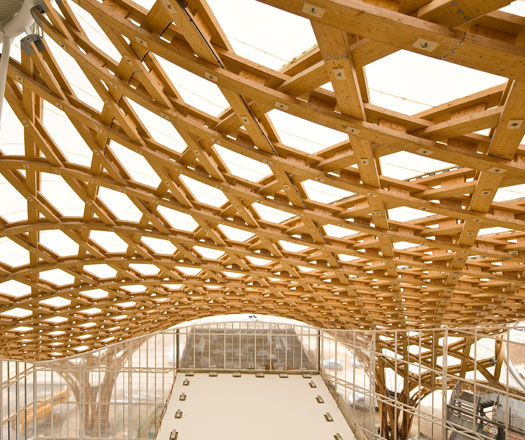
The Museum of Modern Art located in Northeast France is the most talked about building of the moment, as much for its astounding architectural attributes as for it marking the cultural decentralisation of a national institution.
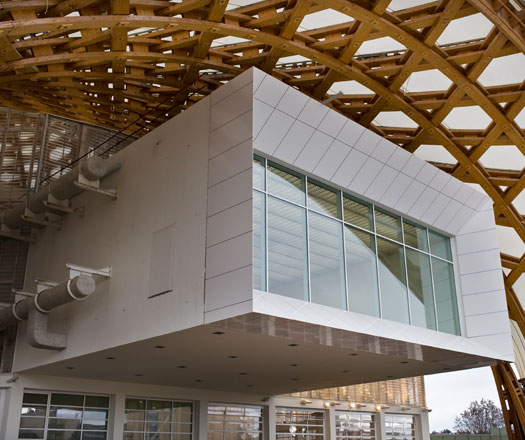
Designed by Shigeru Ban Architects Europe, along with Jean de Gastines, the hexagonal structure is rooted around a large spire overlooking the town’s 13th century architectural masterpieces.
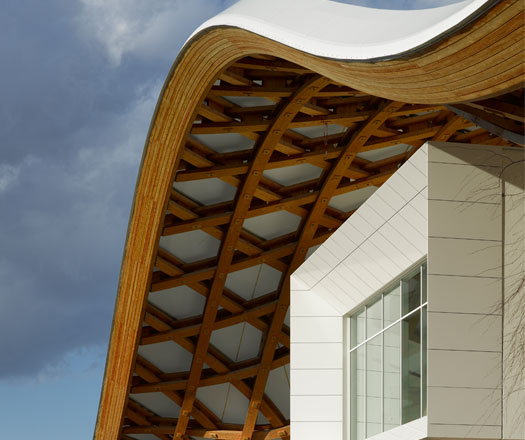
When Japanese architect Shigeru Ban was named the winner of the design competition in June 2004, his workspace was set up on sixth-floor balcony of the Centre Pompidou in Paris to accommodate a team of fourteen people working exclusively on the project.
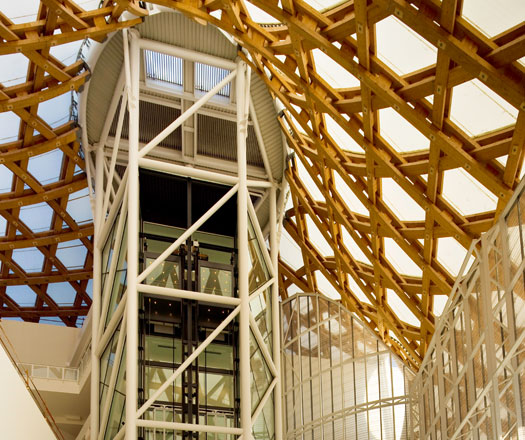
The roof is composed of a glue-laminated timber, double layers superimposed in three different directions enabling the roof to span 40 metres while resting on only a few supporting parts.
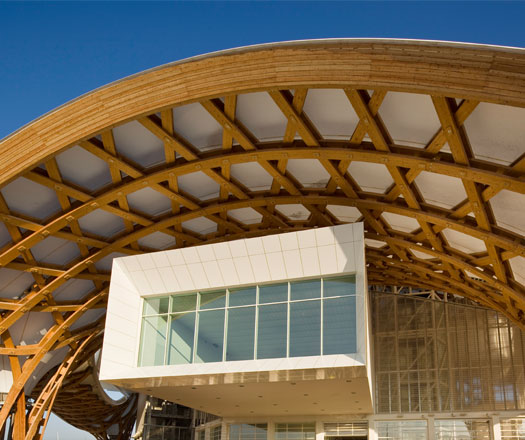
The roof is said to have been inspired by a Chinese hat and in order to achieve total safety for housing priceless works of art, the designers studied the protection of the shelter from every angle.
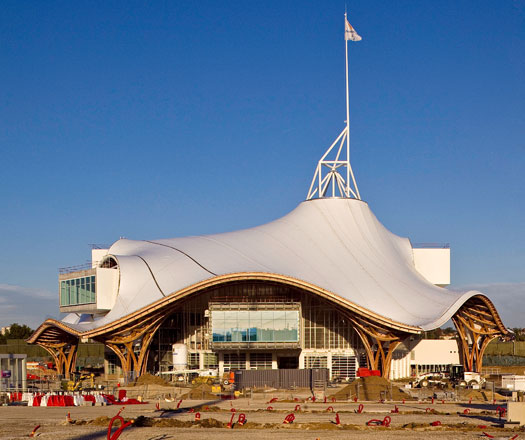
Offering 5020m2 of exhibition space, three galleries in the shape of rectangular tubes jut through the building at different levels, escaping from under the canopy roof with huge picture windows angled towards the city’s landmarks.
Shigeru Ban
Architects Europe
shigerubanarchitects.com
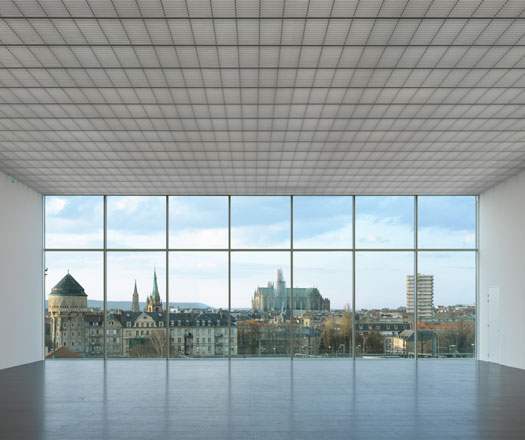
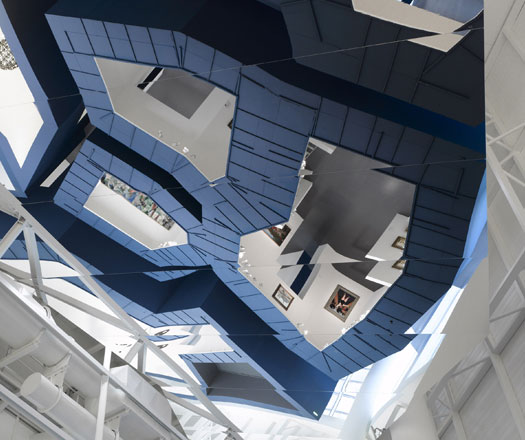

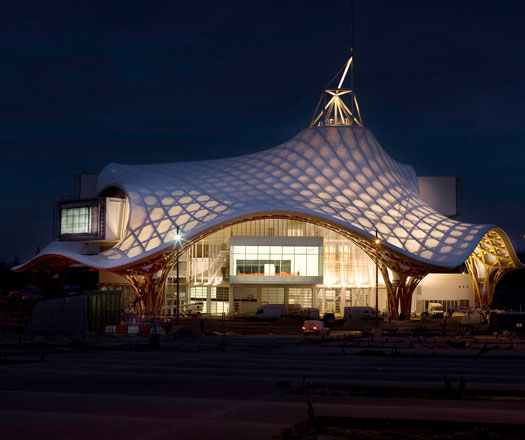
INDESIGN is on instagram
Follow @indesignlive
A searchable and comprehensive guide for specifying leading products and their suppliers
Keep up to date with the latest and greatest from our industry BFF's!

At the Munarra Centre for Regional Excellence on Yorta Yorta Country in Victoria, ARM Architecture and Milliken use PrintWorks™ technology to translate First Nations narratives into a layered, community-led floorscape.

For those who appreciate form as much as function, Gaggenau’s latest induction innovation delivers sculpted precision and effortless flexibility, disappearing seamlessly into the surface when not in use.

Merging two hotel identities in one landmark development, Hotel Indigo and Holiday Inn Little Collins capture the spirit of Melbourne through Buchan’s narrative-driven design – elevated by GROHE’s signature craftsmanship.
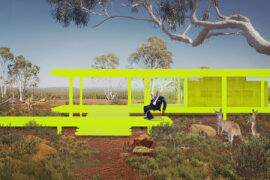
As the next event in a series of discussions centring on Richard Francis-Jones’ book comes to Brisbane, we hear directly from the speakers on fences, villas and the importance of critical community.
With its classic shape and soft glow, Orbit brings style and class to commercial and residential spaces.
The internet never sleeps! Here's the stuff you might have missed
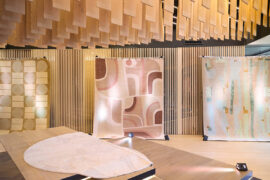
Tongue & Groove hosted a lively gathering to celebrate two new collections by Greg Natale, bringing together designers and industry peers.
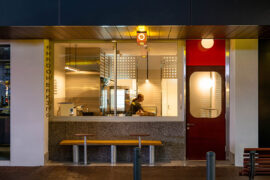
Working within a narrow, linear tenancy, Sans Arc has reconfigured the traditional circulation pathway, giving customers a front row seat to the theatre of Shadow Baking.